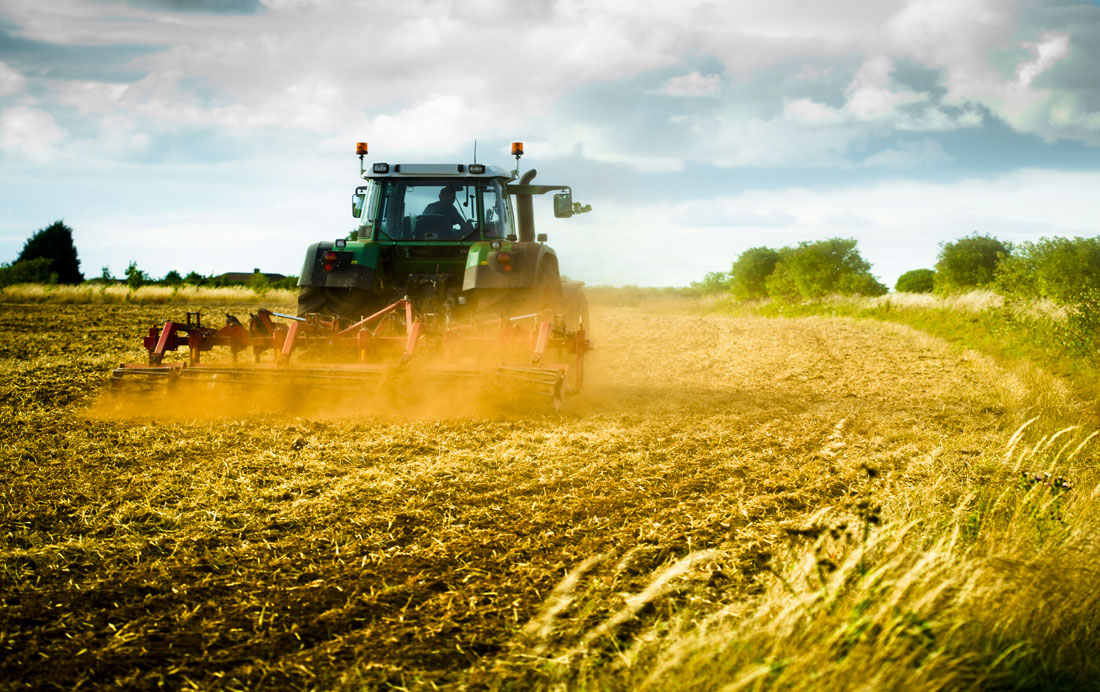Farming and Agriculture 101
Farming and Agriculture Steps 101: From Field to Market
Select the Appropriate Crop
- Choosing the right crop to plant depends on the climate, time of year, and appropriate soil
- Not all crops can be grown anywhere
- Charts of crops, when/where they thrive, and soil preparation are widely available in books and online to determine which crop to plant
Prepare the Soil
- Tilling the ground (turning over the top soil and bringing up the richer soil underneath)
- Fertilizing the ground – adding things such as manure to improve the health of the soil (nutrients)
Plant
- Seeds from fruits and vegetables are placed in the ground and covered over with soil
Water
- Water, along with sunshine, help seeds grow fruits and vegetables into plants
Weed
- Removing sprouts in the soil that are not part of the fruit or vegetable plant (weeds) is important; otherwise they can choke the vegetable plant and cause it to die
Harvest
- Collecting the fruits and vegetables grown.
Delivery
- Harvested farm products can be grown and eaten at home and/or given to friends. Commercial farms sell their vegetables to companies who arrange to have it picked up by trucks and delivered to supermarkets and other outlets where individuals can buy them.
***
Create Compost
- After the fields have been harvested, farmers remove the plants and put them in a compost pile -- a combination of green waste (live plants, kitchen scraps, coffee grounds, etc. – and dried matter that decomposes, or decays after it dies (such as dried leaves and grasses, shredded cardboard or newspaper, etc.) The mixture, over time, reduces into a nutrient-rich matter that can be used to fertilize the next year’s crops.

Farming